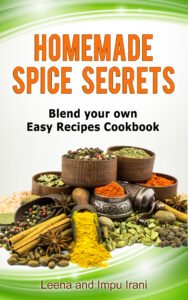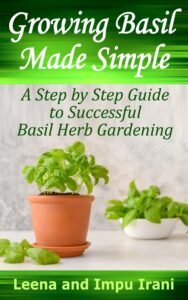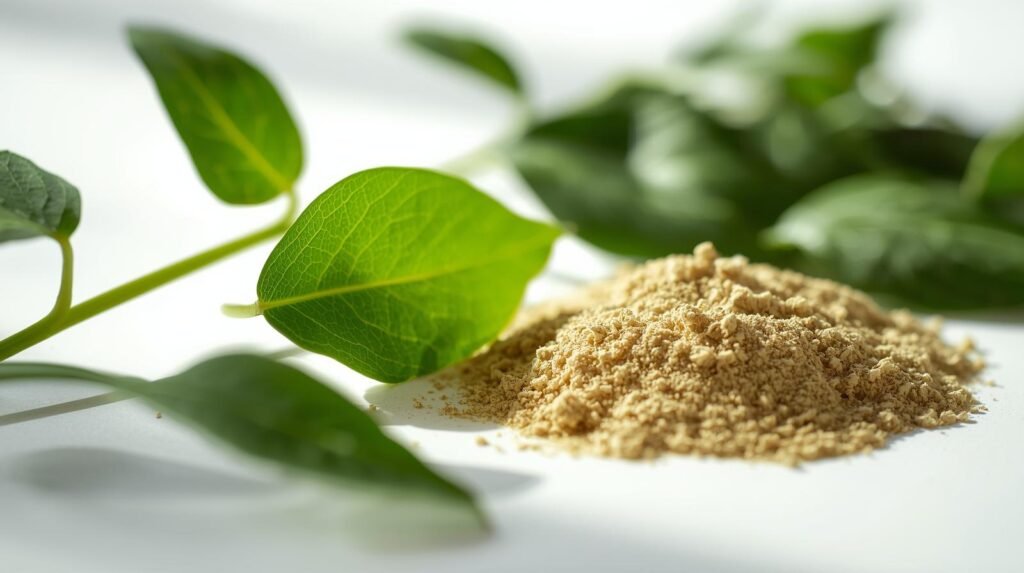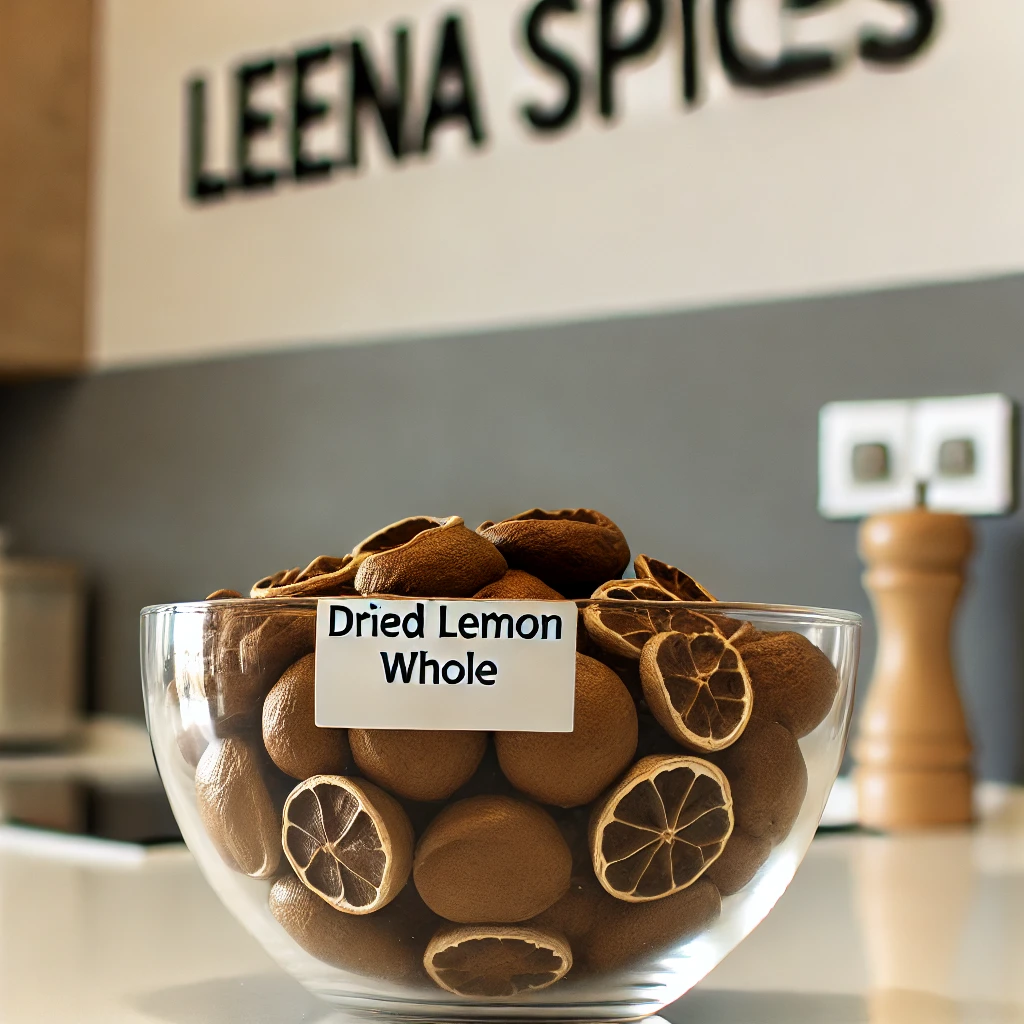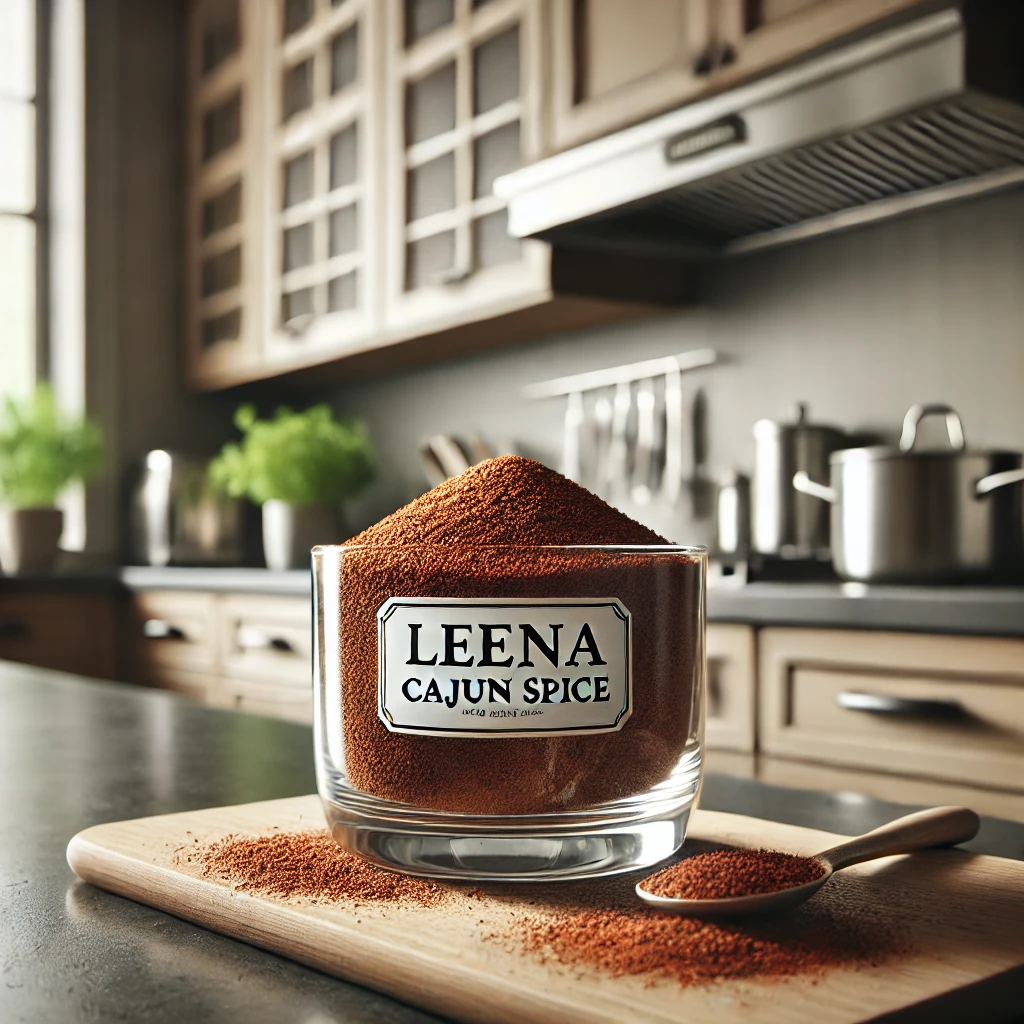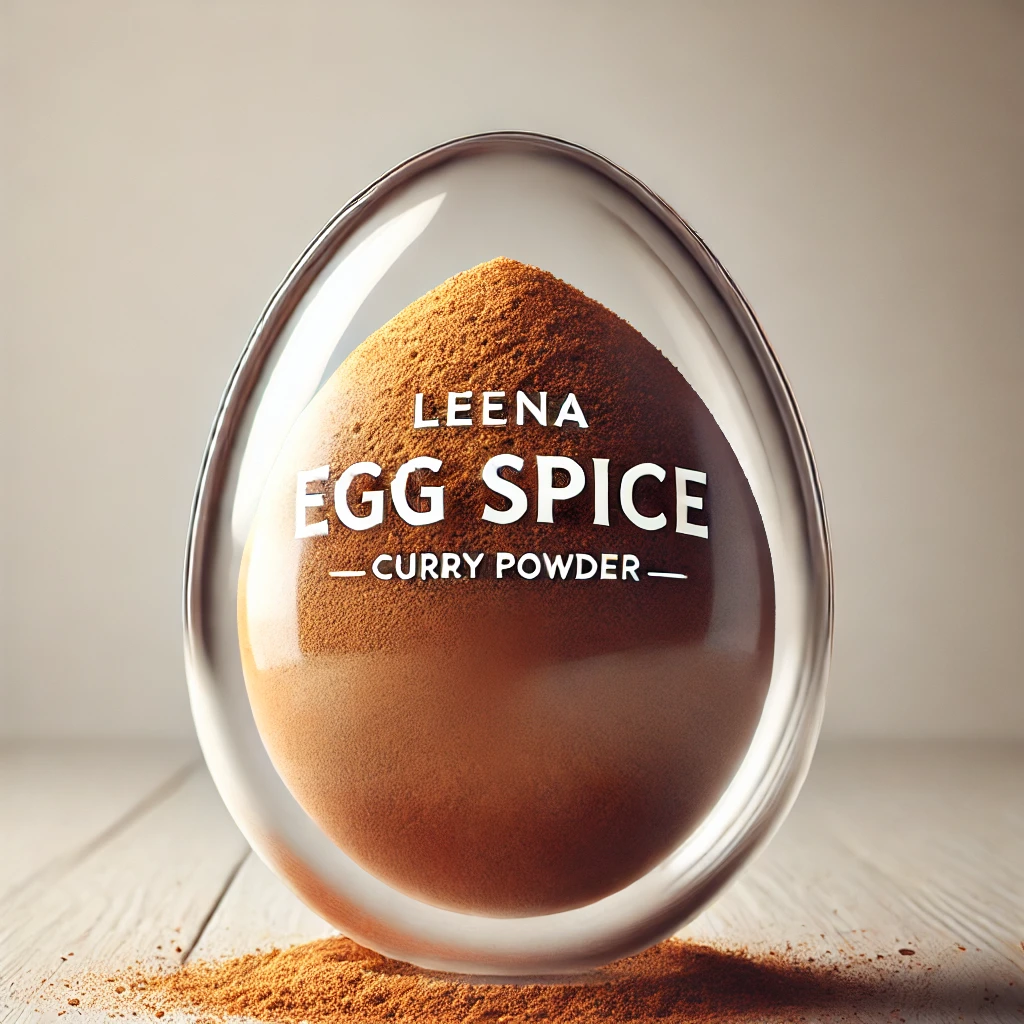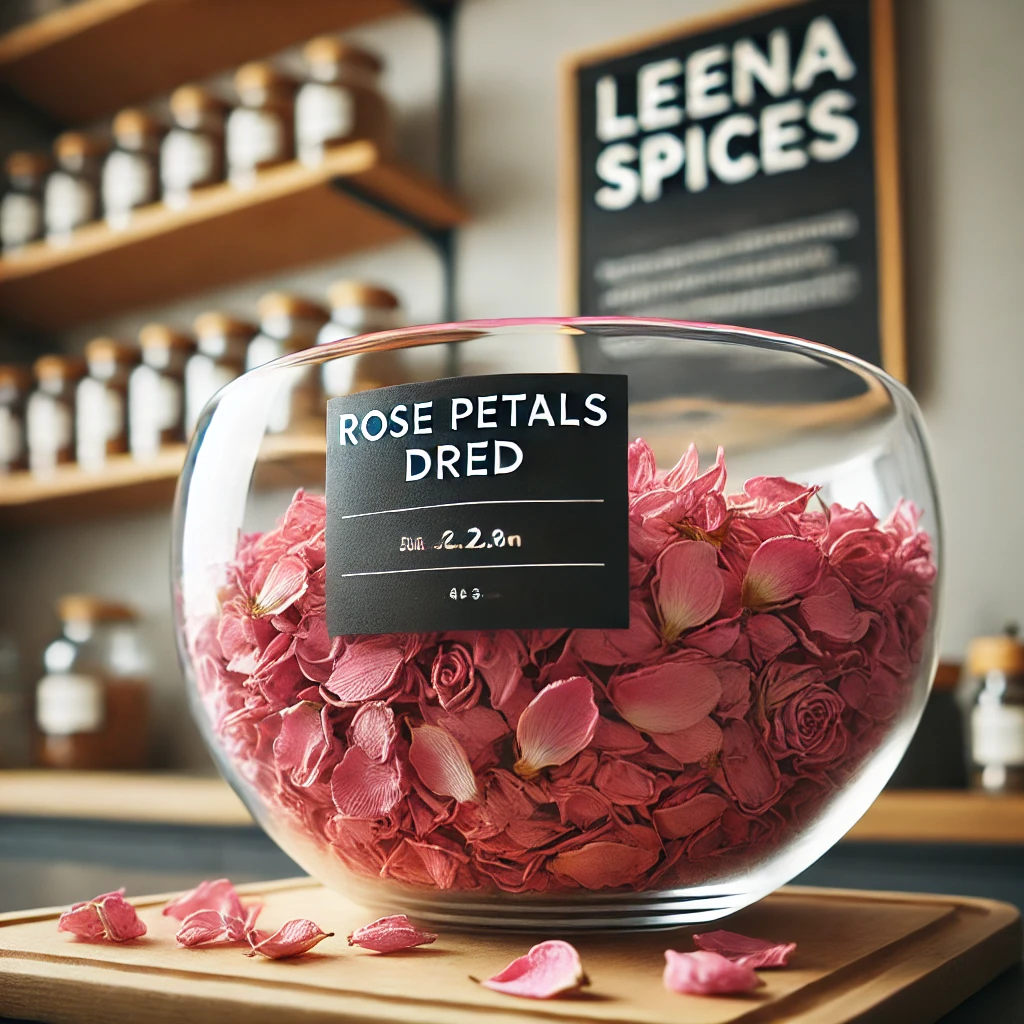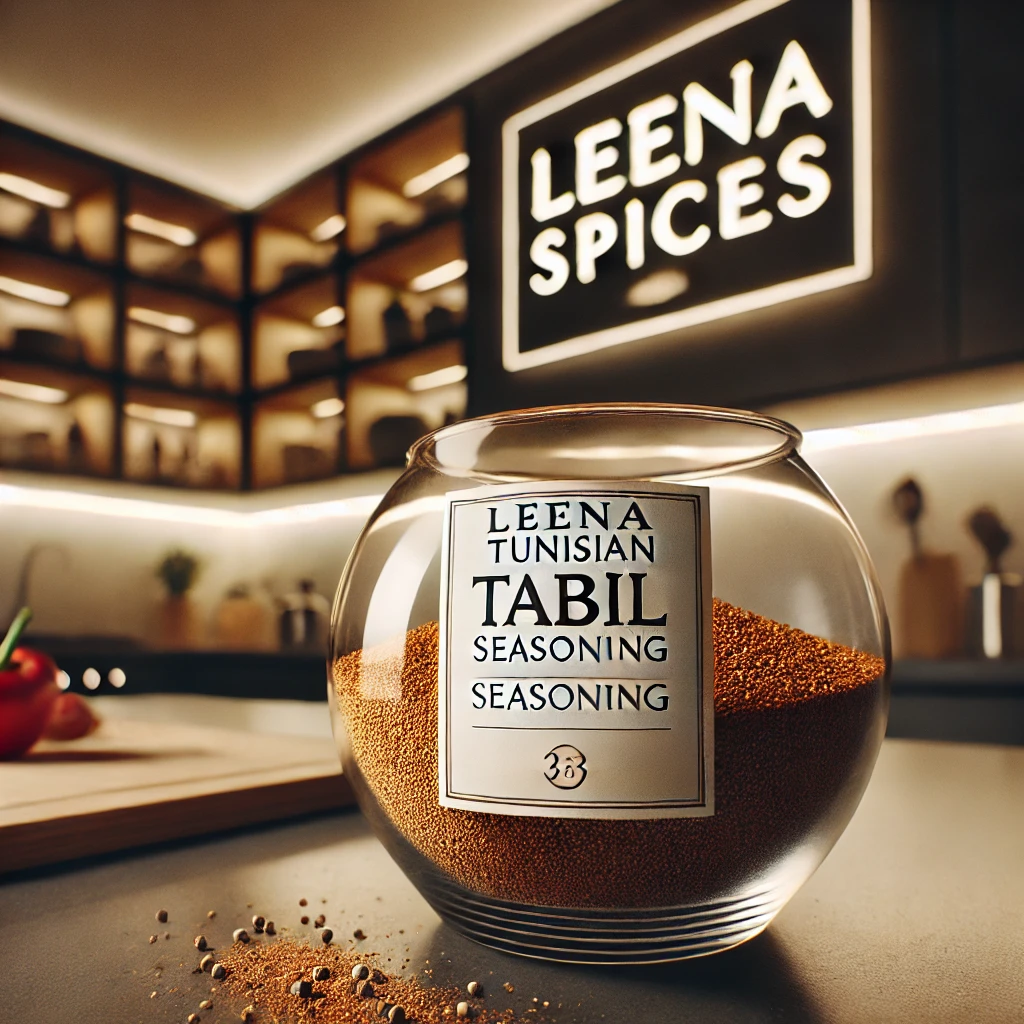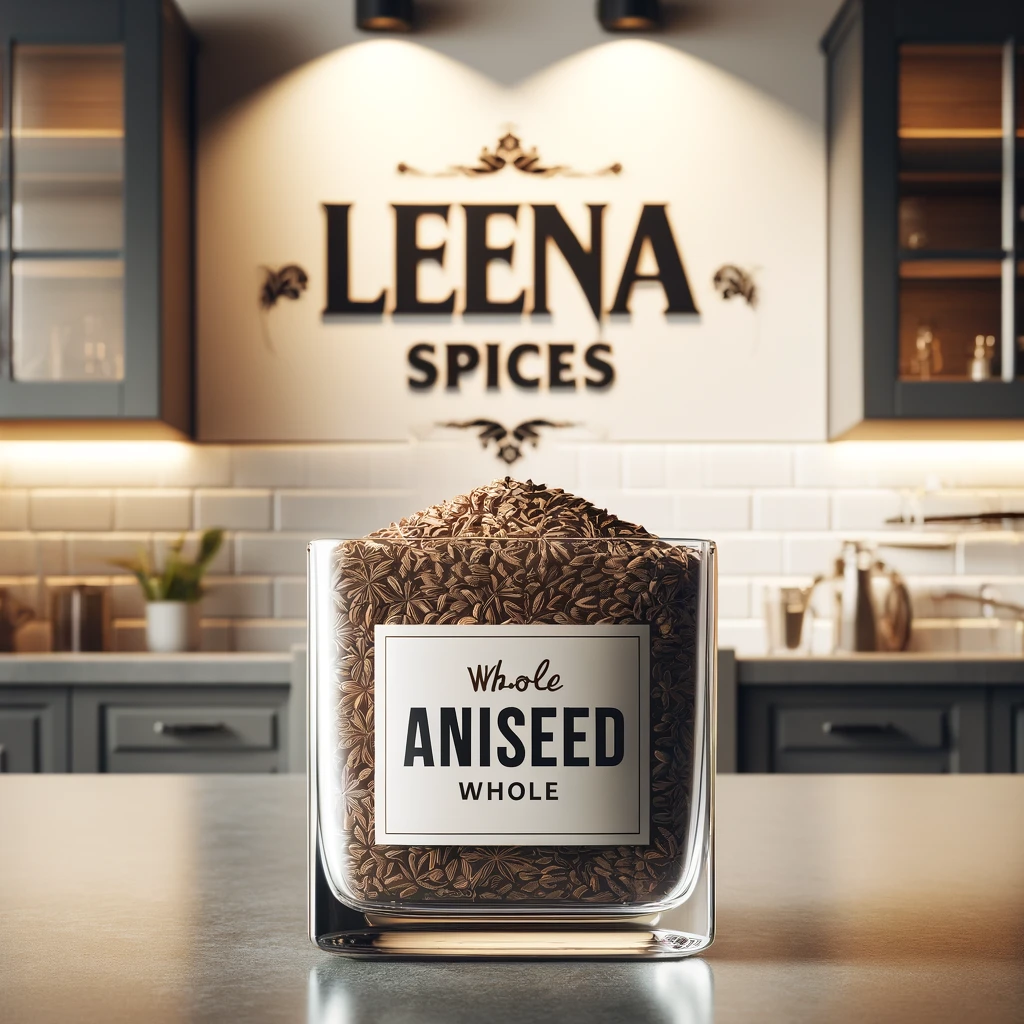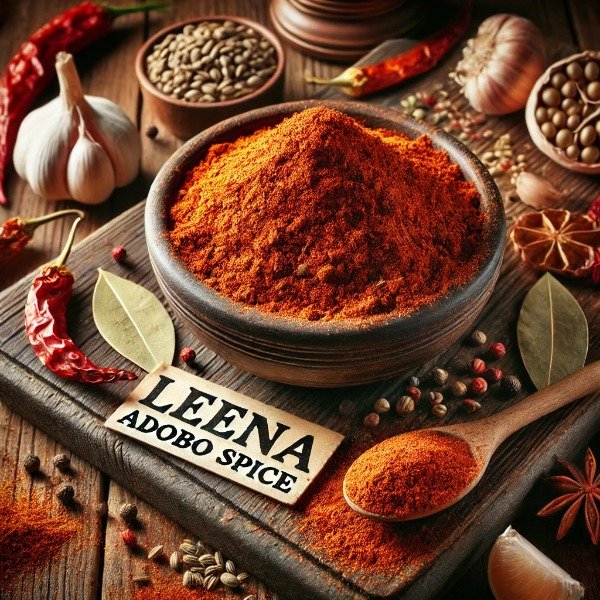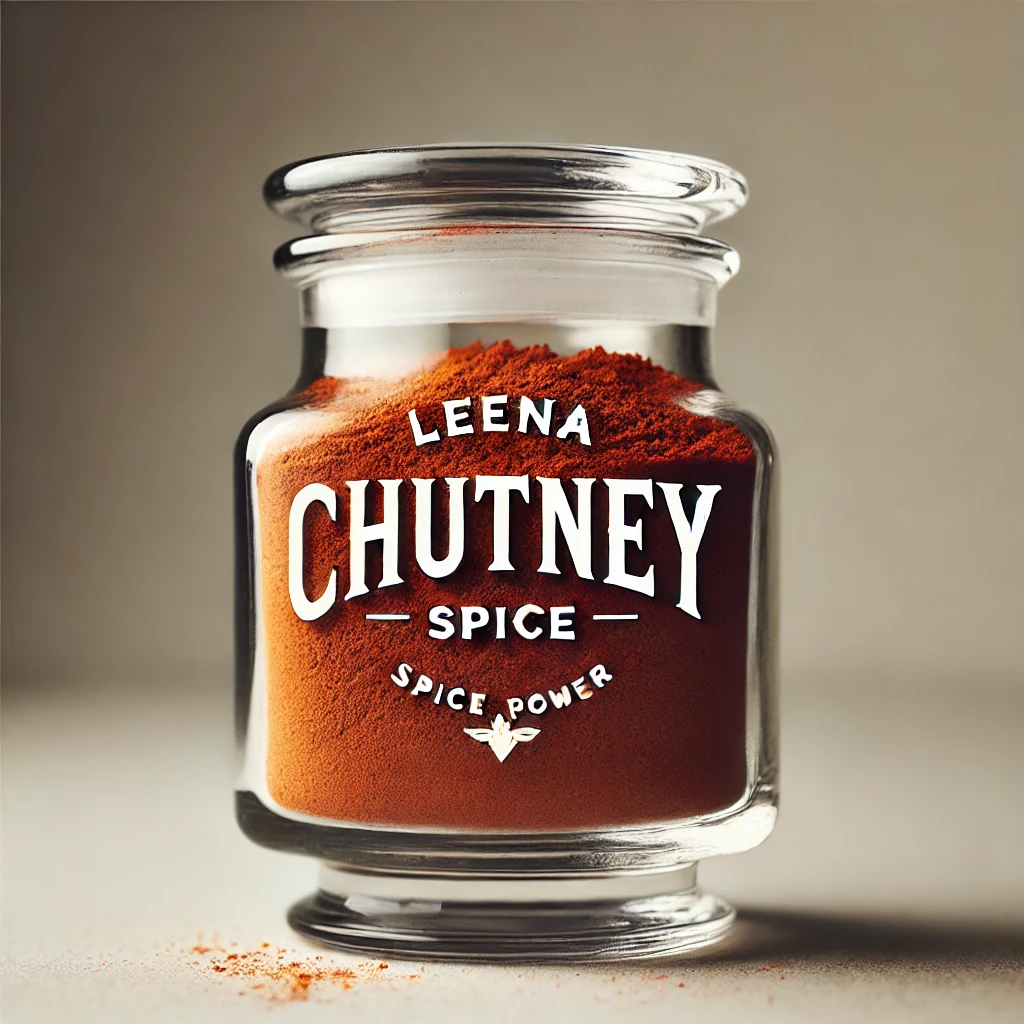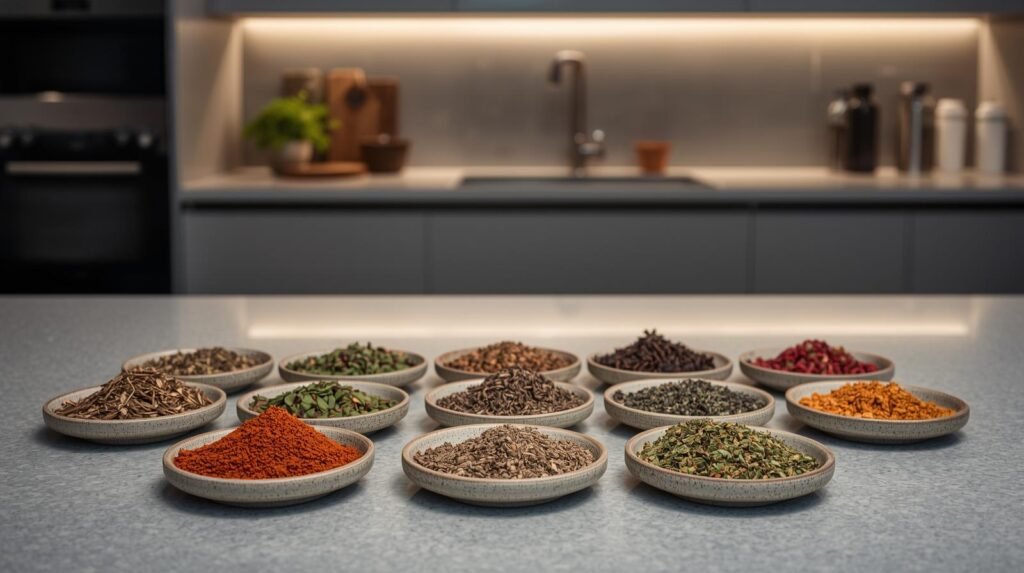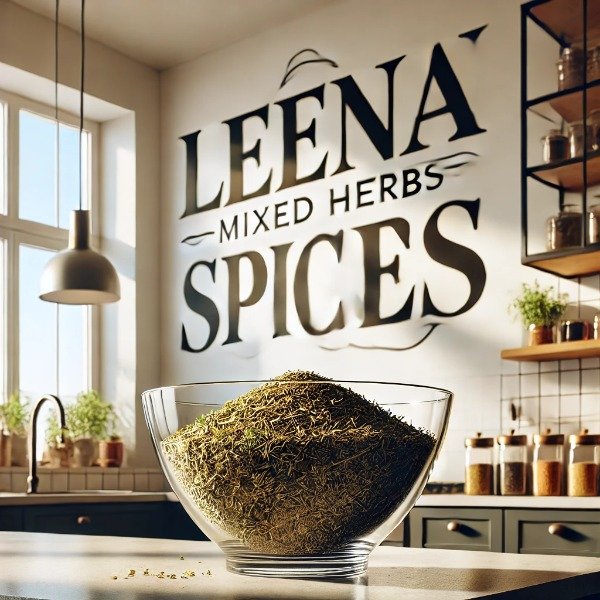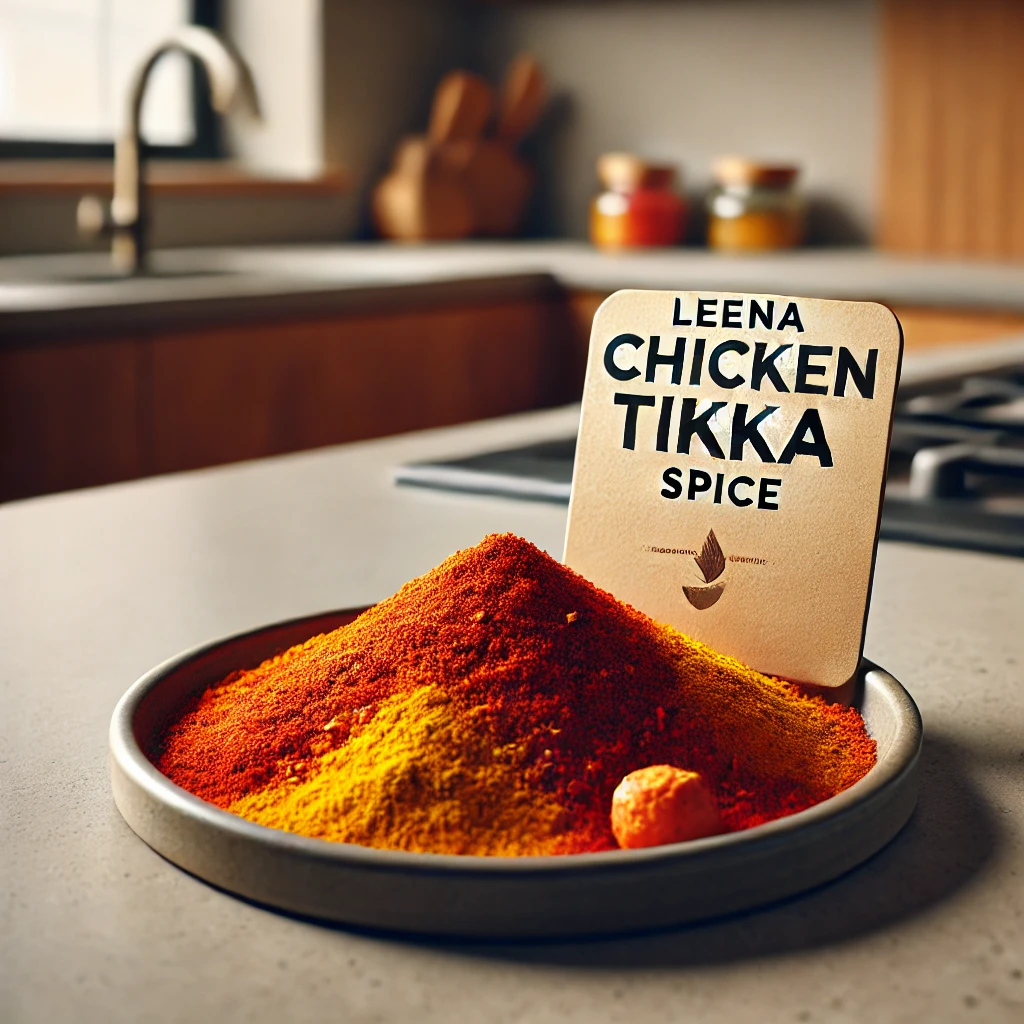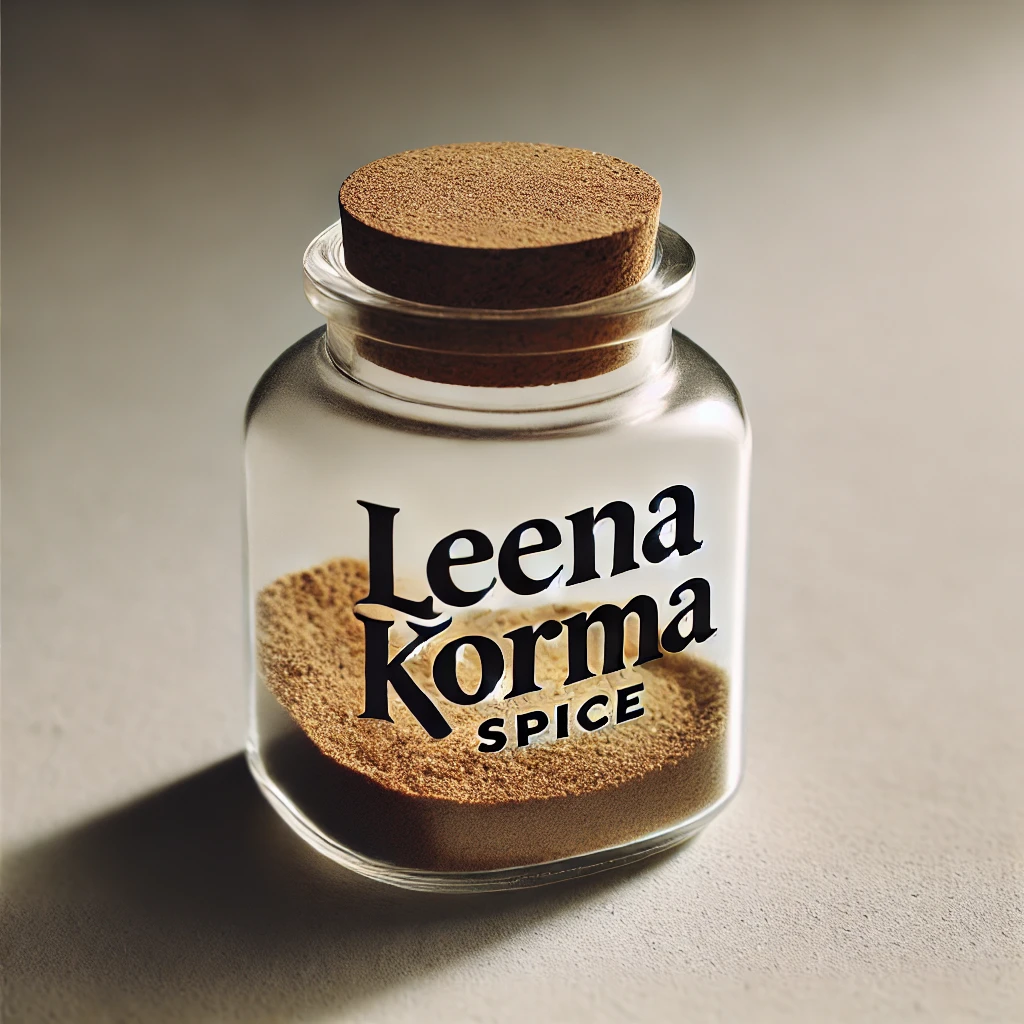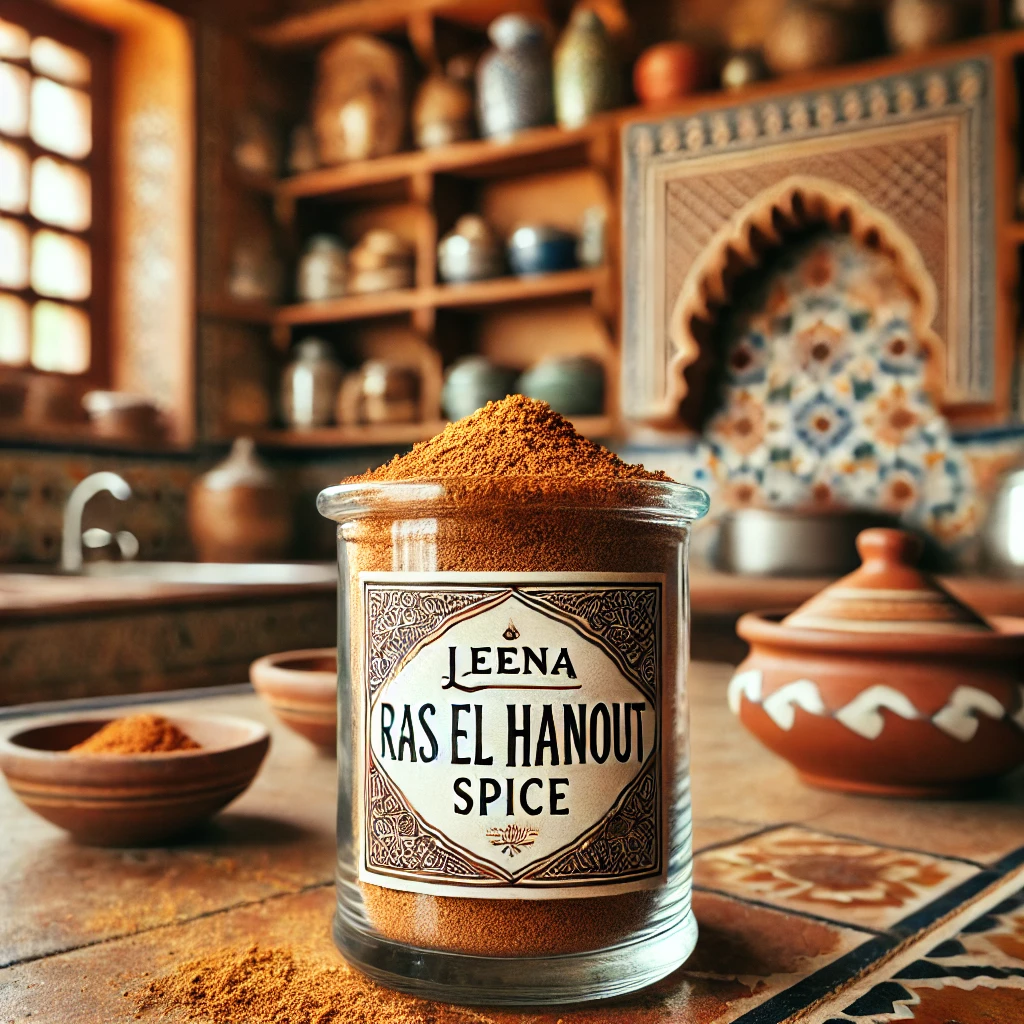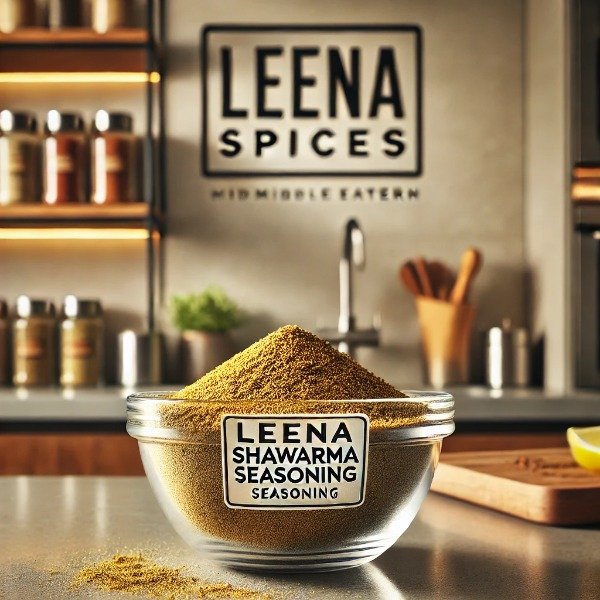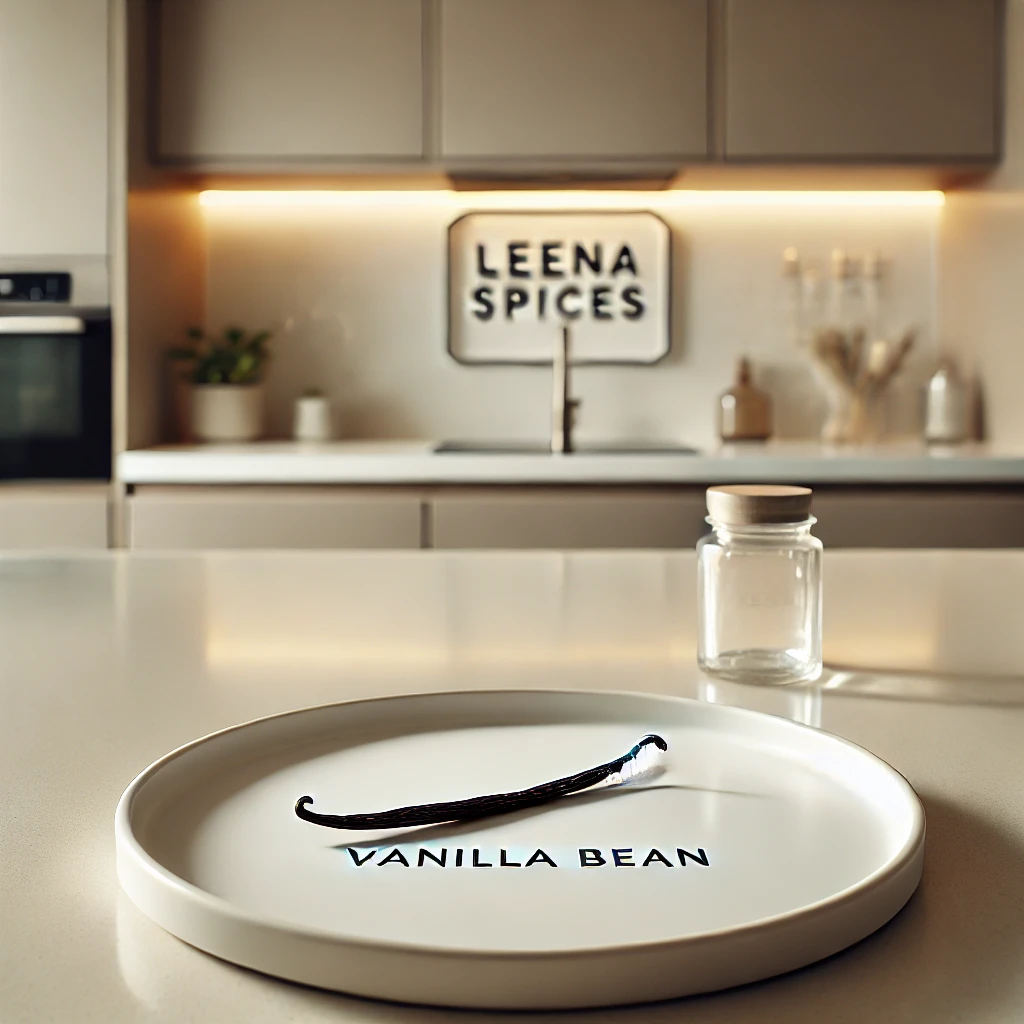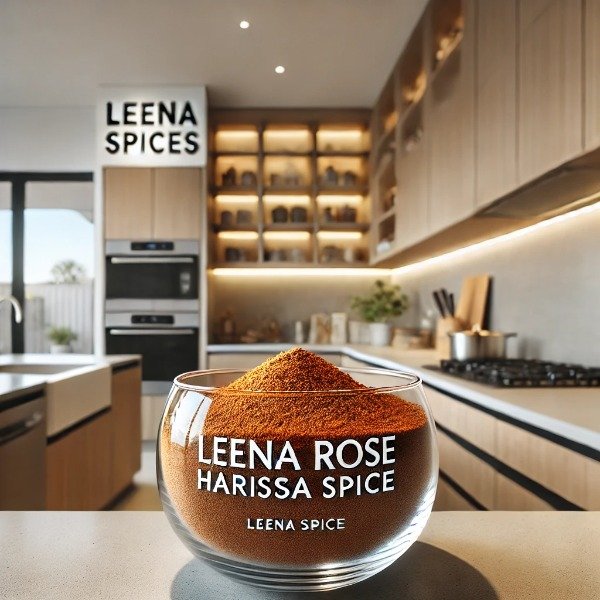Australian Native Spice Blend – How to Make and Use with 17 Tips for Global Cooking Flavors
Table of Contents
- What Is Australian Spice Seasoning?
- What Is Australian Spice Blend Made Of?
- Can I Make My Own Australian Spice Blend at Home?
- How to Make Australian Spice Blend at Home?
- How Do You Store Homemade Australian Spice Mixes to Keep Them Fresh
- How Much Australian Spice Blend Should I Use?
- How do I use Australian spice blend in cooking?
- Beginner-Friendly Recipe to Try: Simple Australian Spiced Chicken
- Can Australian Spice Blends Be Used in International Cuisines?
- FAQs: Australian Spice Blend
Key Takeaways: Australian Spice Blend
What is Australian spice seasoning?
Australian spice seasoning is a flavorful blend made from native Australian ingredients like lemon myrtle, wattleseed, and aniseed, combined with familiar herbs and spices such as cumin, paprika, and thyme. It offers a unique balance of citrusy, earthy, and aromatic notes that reflect Australia’s diverse landscape.
What ingredients are in an Australian spice blend?
Common ingredients include aniseed, black pepper, cumin, garlic powder, lemon myrtle, lime, mint, nutmeg, onion powder, oregano, paprika, thyme, wattleseed, and yellow mustard seeds. These work together to create a distinctively warm and fresh flavor profile.
Can I make my own Australian spice blend at home?
Absolutely! Once you gather the ingredients, simply mix them in the suggested proportions. Homemade blends allow you to control freshness and balance, and you can adjust flavors to your liking.
How much Australian spice blend should I use?
It depends on the dish and your taste preference. As a general rule:
- Meat, poultry, or fish: 1–2 teaspoons per 450 g (1 lb)
- Vegetables: 1–1.5 teaspoons per 500 g
- Soups or stews: 1–2 teaspoons per pot
Start small and adjust as needed—native spices like lemon myrtle are strong and aromatic.
How do I use Australian spice blends in cooking?
Use it as a rub for meats, toss with roasted vegetables, stir into soups and stews, blend into marinades, or sprinkle over snacks for extra flavor. It’s an easy way to add a bush-inspired twist to everyday meals.
Is it beginner-friendly?
Yes! Even beginners can enjoy cooking with this blend. Try the simple recipe below to get started.
Quick Starter Recipe: Simple Australian Spiced Chicken
- Coat chicken thighs with 2 teaspoons of spice blend.
- Let sit for 15 minutes.
- Pan-fry in olive oil until golden and cooked through.
- Squeeze fresh lemon over the top and serve with roasted vegetables.
Why should I use Australian spice blends?
These blends bring a fresh, modern Australian flavor to your cooking—balanced, aromatic, and versatile. They’re perfect for anyone looking to explore native ingredients while keeping cooking simple and delicious.
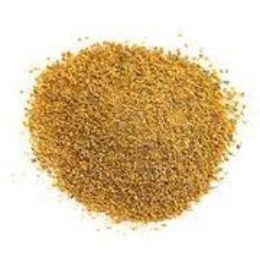
What Is Australian Spice Seasoning?
Australian spice seasoning is a flavorful blend made from native Australian herbs and spices such as lemon myrtle, wattleseed, and aniseed. These ingredients capture the essence of Australia’s natural landscape, bringing a distinctive twist to traditional seasoning mixes.
Unlike common global spice blends, Australian spice seasoning highlights the country’s indigenous botanicals, offering a refreshing citrusy, nutty, and aromatic flavor profile. It’s a celebration of Australia’s rich biodiversity, transforming everyday dishes into something uniquely vibrant and authentically Australian.
What Is Australian Spice Blend Made Of?
Australian spice blend is a harmonious mix of both native Australian ingredients and classic global spices, creating a balance of earthy, citrusy, and aromatic flavors. Each ingredient plays a unique role in crafting the blend’s signature taste: |
Aniseed – adds a mild, sweet licorice note. |
Black Pepper – brings gentle heat and depth. |
Cumin – offers a warm, earthy undertone. |
Garlic Powder – enhances savory flavor and aroma. |
Lemon Myrtle – a native Australian gem with bright lemony freshness. |
Lime – contributes zesty tang and sharp citrus balance. |
Mint – provides a cool, refreshing finish. |
Nutmeg – gives a hint of sweetness and warmth. |
Onion Powder – builds rich, savory depth. |
Oregano – adds herbal sharpness and a Mediterranean touch. |
Paprika – lends gentle smokiness and color. |
Thyme – offers earthy, aromatic notes. |
Can I Make My Own Australian Spice Blend at Home?
How to Make Australian Spice Blend at Home?
Creating your own Australian spice blend at home is easy and allows you to capture the authentic taste of Australia in every dish. Follow this simple recipe to make about 100g of seasoning:
Ingredients:
- Aniseed – 3 g
- Black Pepper – 7 g
- Cumin – 14 g
- Garlic Powder – 7 g
- Lemon Myrtle – 7 g
- Lime – 7 g
- Mint – 3 g
- Nutmeg – 6 g
- Onion Powder – 7 g
- Oregano – 7 g
- Paprika – 14 g
- Thyme – 7 g
- Wattleseed – 4 g
- Yellow Mustard Seeds – 7 g
Instructions:
- Measure all ingredients accurately using a kitchen scale.
- Grind any whole spices (like aniseed, mustard seeds, or wattleseed) into a fine powder using a spice grinder or mortar and pestle.
- Combine all the spices in a clean, dry bowl. Mix well until evenly blended.
- Store the mixture in an airtight glass jar away from direct sunlight and moisture.
Your homemade Australian spice blend is now ready to use! Sprinkle it on grilled meats, seafood, roasted vegetables, or even in marinades for a fresh, citrusy, and aromatic flavor that celebrates the essence of Australia.
How Do You Store Homemade Australian Spice Mixes to Keep Them Fresh
1. Choose the Right Container
- Go airtight: Use glass jars or metal tins with tight-fitting lids. They seal out moisture and air, preventing your blend from losing flavor.
- Avoid plastic: Over time, plastic can absorb spice oils and odors, affecting freshness.
- Opaque is better: If you use clear jars, store them inside a dark cupboard or drawer. Light quickly fades color and aroma.
- Vacuum-sealed jars: For long-term storage or high-humidity regions, vacuum-sealed containers help extend shelf life.
2. Find the Ideal Storage Spot
- Cool, dark, and dry: A pantry, cupboard, or spice drawer is perfect. Keep away from sunlight and heat.
- Avoid the stove and oven: Steam and fluctuating temperatures degrade spices fast.
- Skip the fridge: The moisture inside refrigerators causes clumping. The only exception is in tropical or humid climates — even then, use airtight containers and allow them to reach room temperature before opening.
3. Maintain Good Habits
- Use a dry spoon: Never shake the jar directly over a steaming pot — moisture is the fastest way to ruin a spice blend.
- Seal immediately after use: The less air exposure, the better.
- Label and date: Always note when you made the blend so you can track freshness.
4. Shelf Life Guidelines
- Whole spices: 1–2 years.
- Ground spices: 6–12 months.
- Blends with herbs or citrus ingredients (like lemon myrtle or lime): 6 months for peak flavor.
- Native Australian ingredients:
- Wattleseed – up to 18 months.
- Lemon Myrtle – around 12 months (its essential oils fade faster).
5. Check for Freshness
Test your blend every few months:- The aroma should be vibrant and strong.
- Color should look rich, not faded.
- If it smells dull, musty, or has clumped together, it’s time to make a new batch.
6. Bonus Tip
If you use native Australian spices such as wattleseed or anise myrtle less frequently, store them whole and grind them fresh as needed. Whole spices retain their oils and flavor far longer than pre-ground ones.How Much Australian Spice Blend Should I Use?
The right amount of Australian spice blend depends on your dish and personal taste. Because these blends often feature potent native botanicals like lemon myrtle and wattleseed, it’s best to start with a small amount and adjust as you go. Here’s a practical guide:
For Meats (Beef, Lamb, Chicken, or Fish)
Use 1 to 2 teaspoons per 500 g (1 lb) of meat.
- Rub it directly onto the meat with a little oil before grilling, roasting, or pan-frying.
- For large roasts, use 2–3 tablespoons to fully coat the surface.
For Vegetables
Toss 1 teaspoon of spice blend with 2–3 cups of chopped vegetables before roasting or sautéing.
For lighter blends (like those with lemon myrtle), you can add a touch more to enhance freshness.
For Marinades and Rubs
Mix 1 tablespoon of Australian spice blend with 2 tablespoons of oil and 1 tablespoon of lemon juice or vinegar for every 500 g (1 lb) of meat, seafood, or vegetables. Let it marinate for 30–60 minutes to allow the flavors to infuse.
For Soups, Stews, and Sauces
Add ½ to 1 teaspoon per liter (4 cups) of liquid. Start small, taste halfway through cooking, and adjust if needed. Native spices can intensify as they simmer.
For Grains or Dips
- Add ½ teaspoon per cup of cooked grains (rice, couscous, or quinoa) for an aromatic touch.
- Mix 1–2 tablespoons of the spice blend into ½ cup of yogurt or olive oil for a flavorful dip or drizzle.
Pro Tips
- Start small: You can always add more—but you can’t take it out.
- Smell first: If your blend smells strong and aromatic, use less.
- Bloom for better flavor: Toast the spice blend in a dry pan for 30 seconds before adding it to a dish.
- Taste at the end: Always taste your dish before serving and adjust seasoning if needed.
- Check for salt: If your blend already includes salt (like sea salt or saltbush), hold off on adding extra until after tasting.
Australian spice blends are known for their complex, aromatic flavor rather than intense heat, so don’t be afraid to experiment and find your perfect balance.
How do I use Australian spice blend in cooking?
Australian spice blends capture the essence of native bush foods with their bold, aromatic, and earthy flavors. Ingredients like lemon myrtle, wattleseed, and pepperberry give dishes a vibrant, uniquely Australian character that works beautifully in everyday cooking. Here’s how to make the most of this versatile blend:
1. As a Rub for Meats & Seafood
Sprinkle the spice blend directly over lamb chops, chicken breasts, fish fillets, or prawns before grilling, roasting, or pan-frying.
- Citrusy blends with lemon myrtle enhance seafood beautifully.
- Earthy, nutty blends with wattleseed or pepperberry add richness to red meats.
Tip: Use 1–2 teaspoons per 500 g (1 lb) of protein. Add a drizzle of olive oil to help the spices stick, and let the meat rest for 15–30 minutes before cooking for deeper flavor.
2. Seasoning for Vegetables
Toss potatoes, pumpkin, kumara (sweet potato), or zucchini with olive oil and about 1 teaspoon of spice blend per 2–3 cups of vegetables before roasting or grilling.
This brings out a warm, peppery aroma and enhances natural sweetness.
Bonus idea: Sprinkle over corn on the cob or grilled mushrooms for a smoky, aromatic finish.
3. In Soups, Stews & Curries
Add ½ to 1 teaspoon per pot (about 1 liter or 4 cups) of soup or stew during the cooking process.
Australian native spices—especially wattleseed and aniseed myrtle—create a deep, comforting flavor base.
They’re perfect for pumpkin soup, lentil stews, or slow-cooked beef curries.
Tip: Add halfway through cooking to retain aroma and prevent bitterness.
4. For Marinades & Sauces
Mix 1 tablespoon of spice blend with 2 tablespoons of olive oil and 1 tablespoon of lemon juice or vinegar for every 500 g (1 lb) of meat or vegetables.
This makes an instant Australian-inspired marinade that pairs perfectly with grilled or roasted dishes.
You can also whisk the blend into tomato sauces, gravies, or creamy dressings for a native flavor twist.
5. As a Finishing Touch
Use the spice blend as a garnish to add a burst of aroma just before serving.
Sprinkle lightly over scrambled eggs, avocado toast, salads, roasted nuts, or popcorn.
This keeps the delicate native flavors—like lemon myrtle and mint—fresh and vibrant.
6. In Baking & Bread
For an adventurous twist, use wattleseed-based blends in savory breads, damper, scones, or biscuits.
Wattleseed adds a nutty, coffee-like flavor, while lemon myrtle lends a light citrus note that pairs beautifully with both sweet and savory doughs.
7. Creative Everyday Uses
- Eggs: Season scrambled eggs, omelets, or quiches.
- Snacks: Sprinkle on roasted chickpeas, fries, or nuts.
- Grains: Stir a pinch into rice, couscous, or quinoa for a subtle flavor boost.
- Butter or Oil: Mix with softened butter or olive oil for a quick, flavorful spread or drizzle.
Pro Tips for Best Results
- Start small: Begin with ½ teaspoon per dish and adjust to taste—native spices are potent.
- Toast before using: Lightly heat the blend in a dry pan for 30 seconds to enhance aroma.
- Pair smartly: Earthy blends work best with red meats and root vegetables; citrusy blends shine with chicken, fish, and salads.
- Add salt wisely: Some blends already contain salt or saltbush—taste before seasoning further.
Beginner-Friendly Recipe to Try: Simple Australian Spiced Chicken
- 4 chicken thighs (boneless or bone-in)
- 2 teaspoons Australian spice blend
- 1 tablespoon olive oil (plus extra for frying)
- 1 lemon (for juice)
- Salt to taste (optional, depending on your blend)
- Coat the chicken thighs evenly with olive oil and 2 teaspoons of Australian spice blend.
- Let them sit for 15 minutes to allow the flavors to infuse.
- Heat a little olive oil in a pan over medium heat and pan-fry until golden and cooked through (about 6–7 minutes per side).
- Squeeze fresh lemon juice over the chicken just before serving.
- Pair with roasted vegetables or a light salad for a wholesome meal.
Can Australian Spice Blends Be Used in International Cuisines?
1. Bush Tucker Spices: Earthy, Nutty, and Aromatic
Australian bush spices such as wattleseed, lemon myrtle, and mountain pepperberry bring bold, natural flavors to the table.- Flavor Profile: Earthy, nutty, citrusy, and peppery notes derived from native herbs, berries, and seeds.
- How to Use Internationally:
- Middle Eastern Dishes: Wattleseed’s roasted, coffee-like aroma adds depth to lamb tagines, hummus, or couscous.
- Asian Cooking: Lemon myrtle delivers a fresh citrus lift to Thai curries, Vietnamese pho, or Japanese miso soup.
- Mediterranean Cuisine: Native pepperberry adds warmth and complexity to Greek souvlaki, Italian pasta, or Spanish paella.
- Fusion Example: Try using lemon myrtle instead of lemon zest or pepperberry instead of black pepper for a refined twist.
2. Modern Australian Blends: Smoky, Herbaceous, and Versatile
Contemporary Australian blends often combine local ingredients with global spices like paprika, garlic, and rosemary.- Flavor Profile: Balanced smoky, tangy, and herbal tones.
- How to Use Internationally:
- Mexican: Add to tacos, grilled meats, or Tex-Mex chili for smoky depth.
- Indian: Mix Aussie Herb Blend into tandoori marinades or vegetable curries for a subtle herbal lift.
- American: Use in ribs, burgers, or BBQ sauces for an Australian twist on classic Southern flavors.
- European: Incorporate into roast vegetables or herb butters for Mediterranean-style meals.
3. Baking and Desserts
Australian native spices aren’t just for savory dishes. Ingredients like wattleseed or aniseed myrtle shine in desserts and baked goods.- Use wattleseed for its roasted nutty flavor in chocolate mousse, ice cream, cakes, or biscuits.
- Lemon myrtle can enhance custards, shortbread, or fruit tarts with a bright citrus aroma.
4. Everyday Applications
- Salads & Dressings: Add lemon myrtle or aniseed myrtle to vinaigrettes for freshness.
- Seafood: Pair pepperleaf or saltbush with grilled or baked fish for a delicate, savory crust.
- Vegetables: Use native dukkah or herb mixes to season roasted or sautéed vegetables.
5. Practical Tips for Using Australian Blends
- Start with small amounts — native spices can be quite potent.
- Combine them with familiar global spices such as cumin, turmeric, or coriander for balance.
- Experiment freely — many blends complement both sweet and savory
Global Relevance
Australian spice blends represent the growing trend toward fusion and health-conscious cooking. Their natural intensity, nutritional benefits, and adaptability make them a favorite among chefs and home cooks worldwide. By substituting or pairing native ingredients with traditional spices, you can craft dishes that feel familiar yet strikingly new — bridging cultures through flavor.FAQs: Australian Spice Blend
Can I substitute ingredients if I don’t have native Australian spices?
Absolutely. If lemon myrtle or wattleseed aren’t available, you can use lemon zest or dried herbs like rosemary and thyme as a substitute. The flavor won’t be identical, but it will still be aromatic and delicious.
How long does homemade Australian spice blend last?
When stored properly in an airtight container in a cool, dark place, your blend will stay fresh for 6–12 months. Whole spices like wattleseed or pepperberries last longer, up to 2 years, if kept unground.
Can I use Australian spice blend for vegetarian or vegan dishes?
Definitely! These blends work beautifully with roasted vegetables, grains, legumes, tofu, and plant-based proteins, offering a rich flavor without animal products.
Are Australian spice blends suitable for baking?
Yes, especially blends with wattleseed or lemon myrtle. They add nutty, coffee-like, or citrusy notes to breads, biscuits, scones, and even desserts. Start with a small amount to avoid overpowering sweet dishes.
Can I make a larger batch of the spice blend and store it?
Yes, but for maximum freshness, it’s best to make batches that you’ll use within 3–6 months. Native ingredients like lemon myrtle and wattleseed lose aroma and potency over time, so smaller batches ensure better flavor.
How do I enhance the flavors of my Australian spice blend when cooking?
For stronger aroma and depth, try toasting whole spices like cumin or wattleseed before grinding, or mixing the blend with oil, lemon juice, or yogurt for marinades. Adding the blend at different stages of cooking (start for depth, end for freshness) also enhances flavor.
Can children enjoy dishes with Australian spice blends?
Yes, but start mild. Many Australian native spices are aromatic rather than hot, but some, like pepperberry, can have a strong kick. Use smaller amounts for kids’ meals and adjust to taste.
Can Australian spice blends be used as a finishing seasoning?
Absolutely. Sprinkle a pinch over scrambled eggs, salads, roasted nuts, or avocado toast just before serving to enhance aroma and add a subtle, distinctive flavor.
Where can I buy native Australian ingredients if I don’t have them at home?
Many online stores and specialty spice shops offer lemon myrtle, wattleseed, bush tomato, and pepperberry. Look for fresh, high-quality, and ethically sourced products to get the best flavor for your blends.
